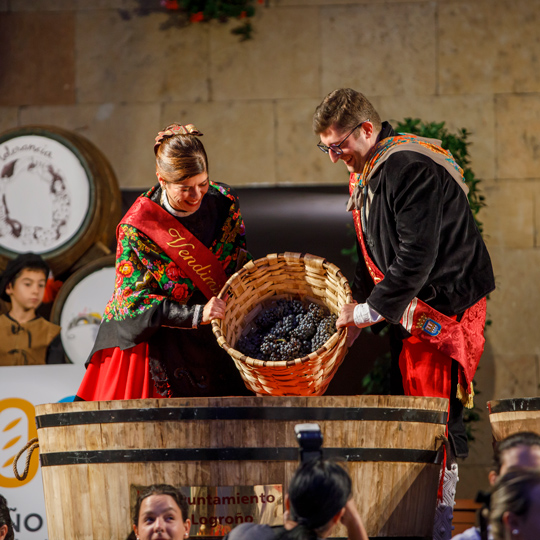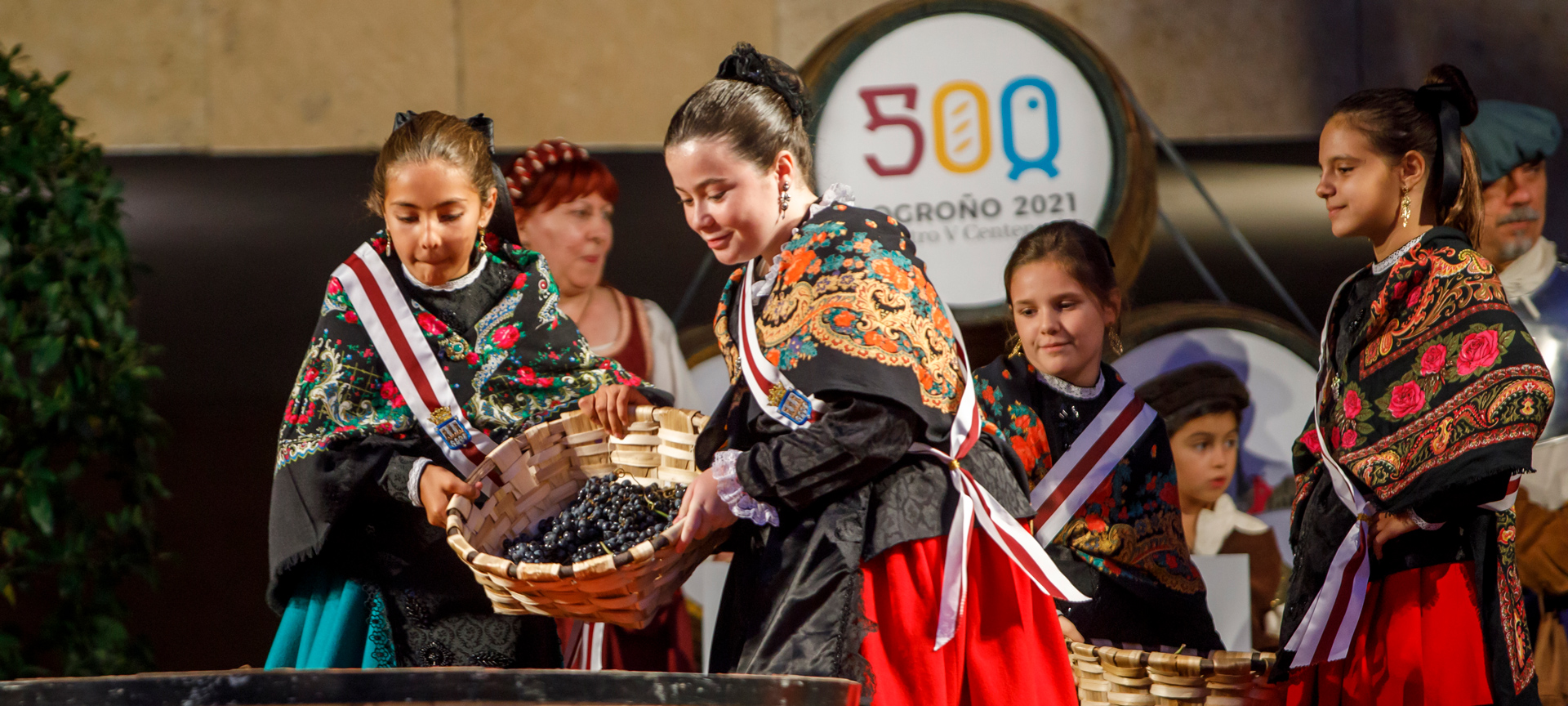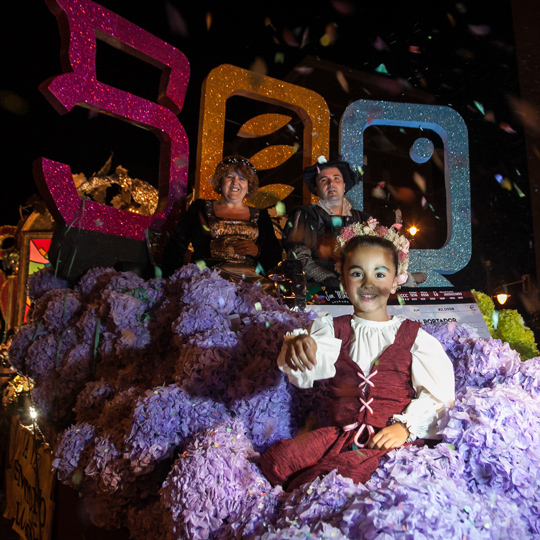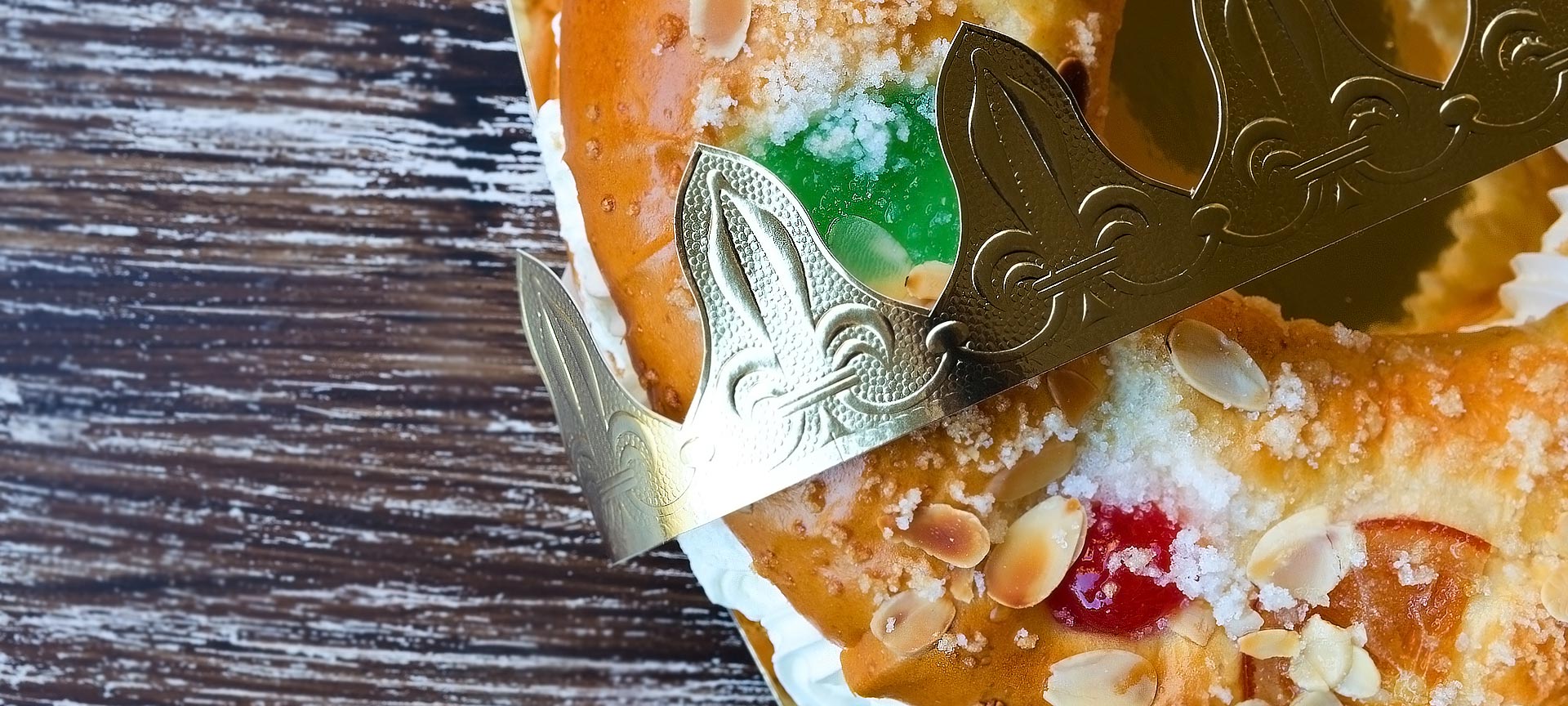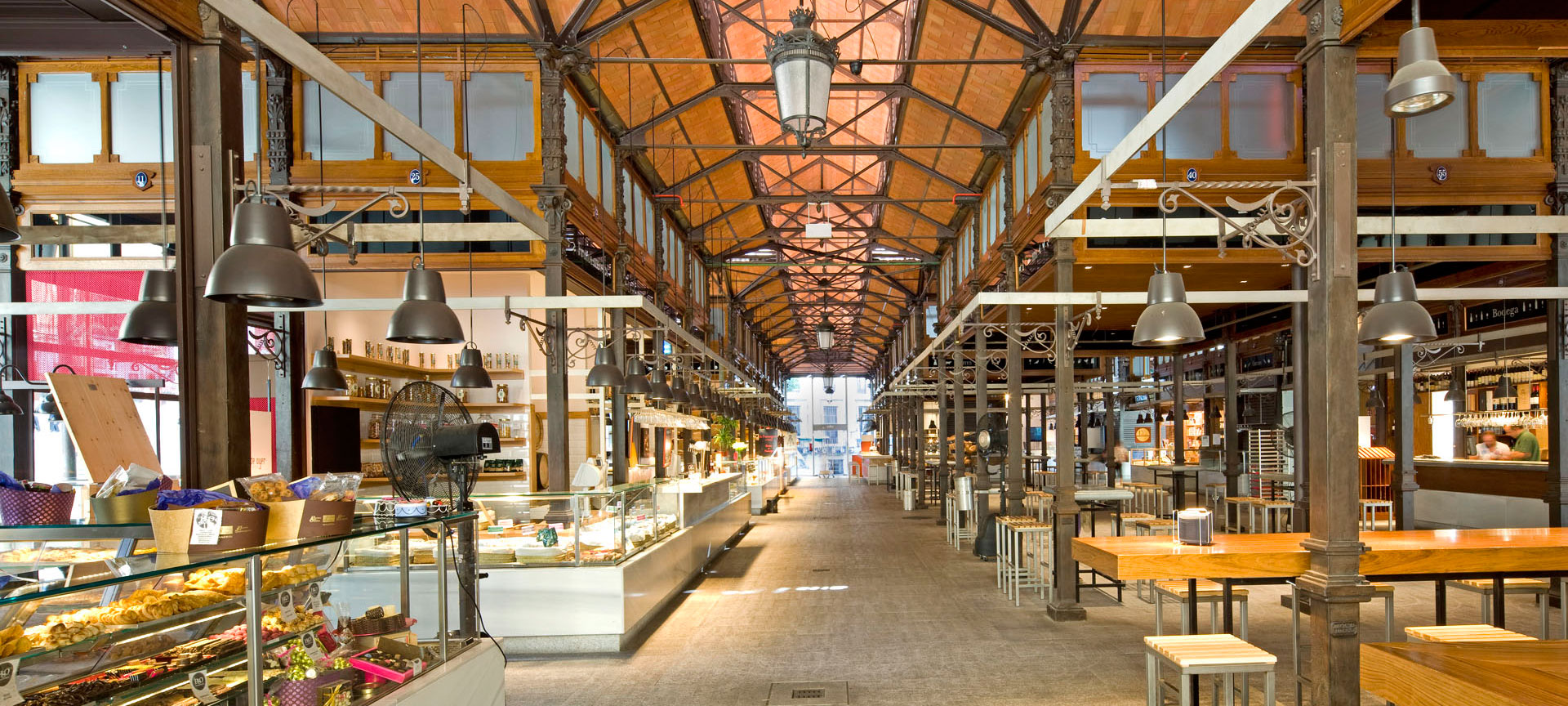The festivities are officially started by the mayor and the vendimiadores mayores (two young harvesters; a girl and a boy who represent their city and its people and attend most of the events) from the balcony of the City Hall. This is followed by the chupinazo (the firing of a rocket) marking the start of the celebrations. The different areas of the city come alive with music and food tastings, parades, a bull fair, concerts, dancing and all types of contests. And what can you do after the sun goes down? If you still have the energy, the streets are filled with partying and fun at night (some of the most popular streets are Calle San Agustín, Calle Laurel Calle San Juan).
